Get outside, have an epic adventure, and learn something new
Want to get outside, have an epic adventure, and learn something new? Try an at-home science experiment to really blow their minds. From walking on eggshells to becoming one with slime, we’ve got everything you need to get a big reaction from your kids. Keep reading for 20 great science experiments and projects that keep fun going.
Walk on Eggs
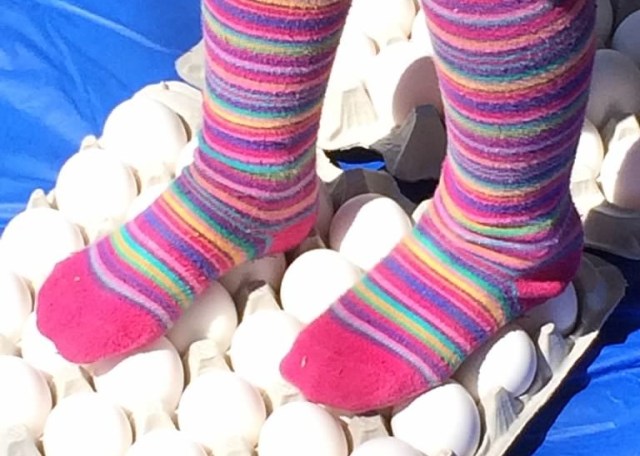
How can you walk on eggs without breaking them? Steve Spengler shows us how and teaches an awesome lesson on how an egg’s unique shape gives it tremendous strength, despite its seeming fragility. Check out this play-by-play to get started.
Insider tip: if this experiment has you in the mood for eggs, check out our list of the best egg-cellent egg recipes for kids.
Sketch a Shadow
See what happens when you set up toys on paper in the sun, and try tracing their shadows at different times of the day. You can draw right on the sidewalk with chalk, too. Pick toys with distinctive outlines to make it easier. For more science fun in the sun, click here.
Insider tip: we love sidewalk chalk as much as you do. In fact, we compiled the best ways for kids to play outside with chalk. Scoop the story here.
Experiment with Slime
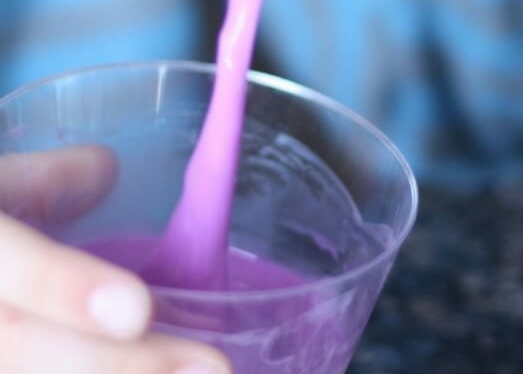
By now, you've accepted your kids love of the gross. And, you've probably either tried to figure out what to do with the slime your kids have brought home, or you've ponied up and made it with them yourself. Check out this awesome collection of science experiments by Little Bins for Little Hands with ideas for testing a hypothesis, changing one ingredient to affect an outcome and more.
Insider tip: wondering why exactly your kids are fascinated with slime? There's an actual science behind it. Hop over to this video for the explanation.
Make a Rainbow
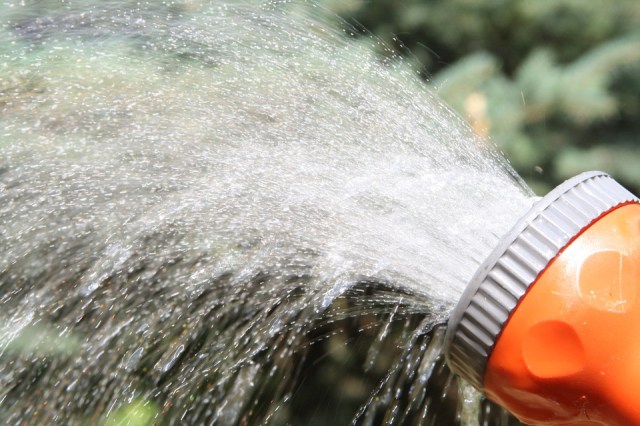
Some days, you have to make your own sunshine. And on those days, you should go ahead and make your own rainbows, too. Luckily for us, we've got more than one way to do it. Check out these six ways six ways to wow them with a little over-the-rainbow science.
Insider tip: after all of these kids science experiments, you deserve a colorful treat. Taste the rainbow (literally) with these great rainbow recipes for kids.
Percolate a Jug of Sun Tea
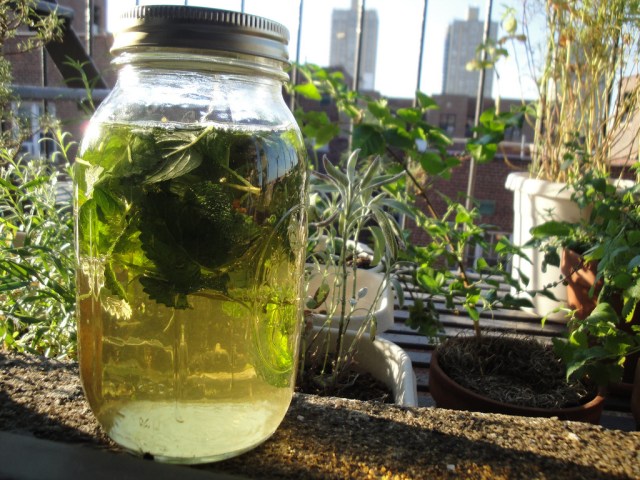
There might not be a better summertime science experiment than making a jug of sweet tea using nothing but sunshine. You'll learn more from this science lesson on heat (how long will it take to really diffuse the tea bags or fresh herbs, and how heat creates currents in the water) if you remember not to shake it or stir it. Just let nature take its course (and check out this tutorial and explanation of sun tea here).
Explode a Lunch Bag
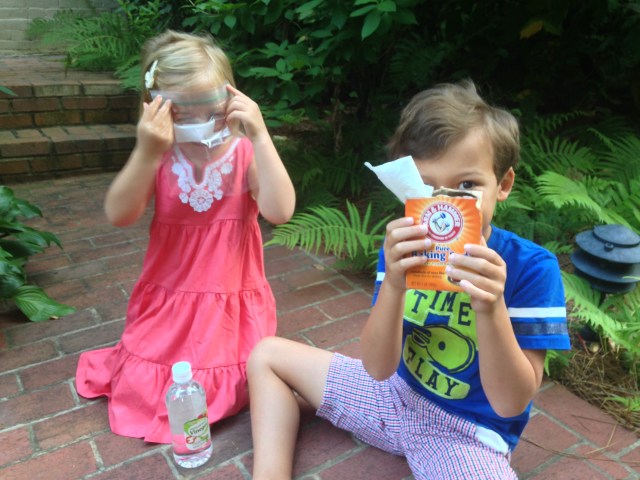
Mix baking soda and vinegar mix together to make a booming bag. Gasses (carbon dioxide) need more room than liquids and solids, so throw a little of that in and the bag expand until it pops. Click here for Science Bob’s case notes and to learn how to do it for the biggest bang!
Create a DIY Sundial
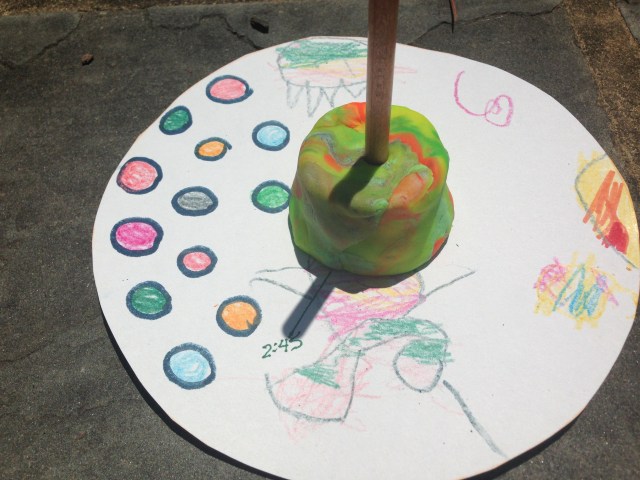
Take advantage of the changing days and do a little solar searching. Since the Earth is in constant rotation around the sun, and also in constant rotation on its axis (whew!), a sundial lets us keep track of time. Want to learn more? Check out this activity by Kiwi Crate.
Insider tip: harness the sun's energy for your next kids science experiment. We've uncovered even more kids sun science experiments to make your day.
Make a Magic Bag
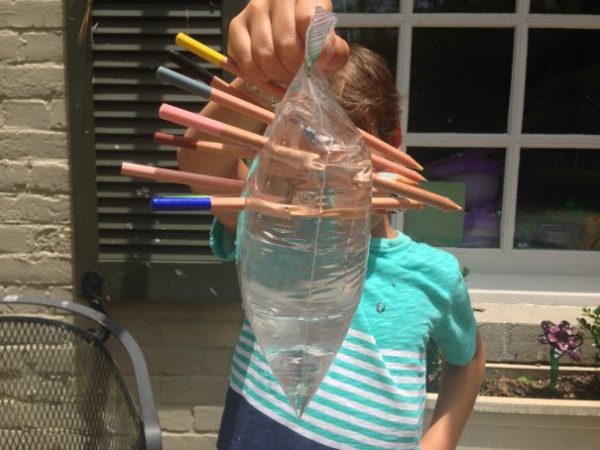
How many pencils can you poke into plastic? Find out all about polymers and why plastic is so pliable. Check out Steve Spangler Science for your list of simple ingredients and instructions. You’ll have hours of science fun (but we warn you—turning the bag into a sprinkler is almost as fun as the experiment!).
Compare Melt Rates of Colors
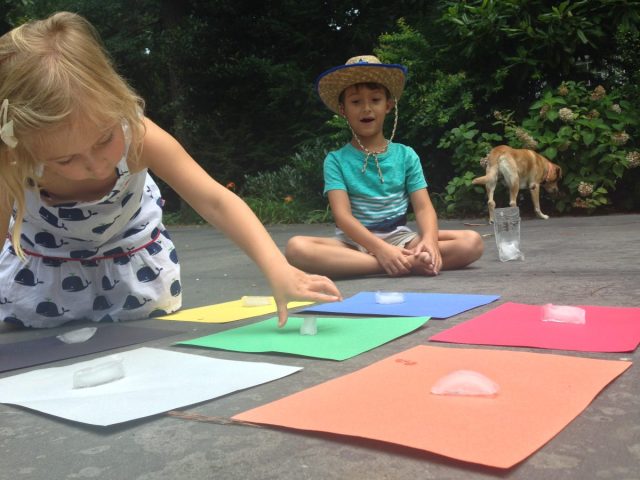
Different colors have different heat absorbing capacities. Black has the greatest heat absorbing capacity, which results in ice melting quicker than on white, which reflects the most light. Green Planet Solar Energy shows you how to observe and report on which colors affect ice’s melting rates here.
Predict Weather with a Pinecone
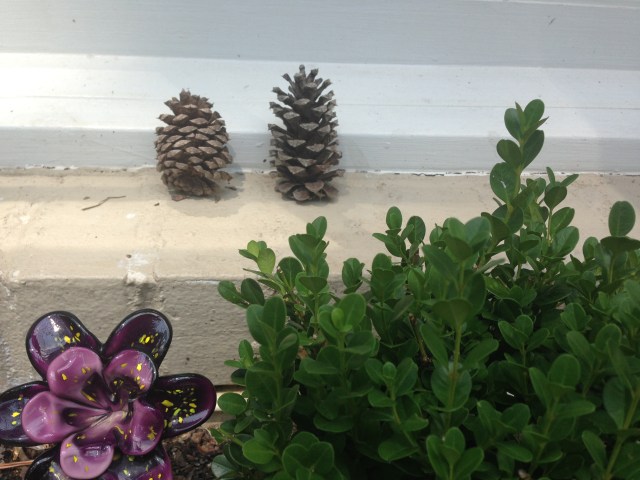
Mother Nature has taken over for your local meteorologist. Pine cones open and close based on the humidity in the air, so set a few outdoors, and check them in the morning. What's the scoop? When the air is drier, the pine cones open up so the feather-light seeds inside can travel away from the parent plant (which doesn’t want to compete for resources with a sapling!). To find out more, check out this experiment on Science-Sparks.
Launch a Ping Pong Ball

If only you'd known about this simple science project before buying a pricey toy to do the same thing. Using a yardstick and a can, launch a ping-pong ball over and over again to see how far it will go. Ensure extra fun by experimenting with size and shape of objects to launch and by adjusting the size of the fulcrum (the can), too. Check out the how-to on Buggy and Buddy.
Watch Water Walk

Who knew the magic of a strong paper towel (other than every parent on the planet!)? Amaze the kids by using one to make water walk from one cup to another, and teach them about absorption, saturation and gravity at the same time. Check out Coffee Cups and Crayons for step-by-step instructions.
Insider tip: for more great water projects for kids, check out these science experiments.
Make Raisins
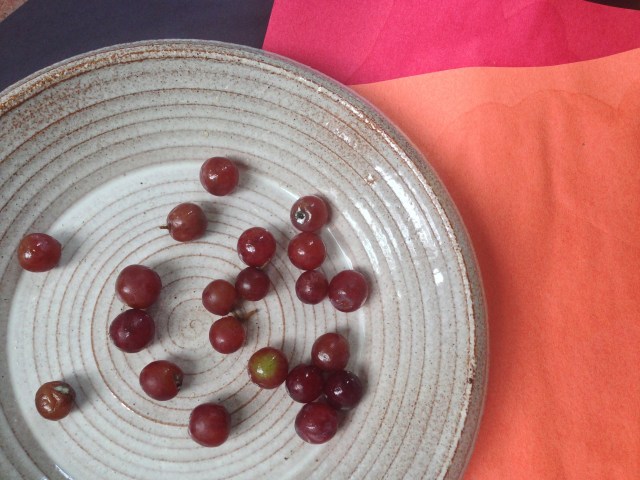
Grapes are made up of lots of water. The heat from the sun causes the water to evaporate from the grapes, and it also caramelizes the sugar in a grape, making it sweeter. Get your recipe from Planet Science here.
Paint with a Pendulum
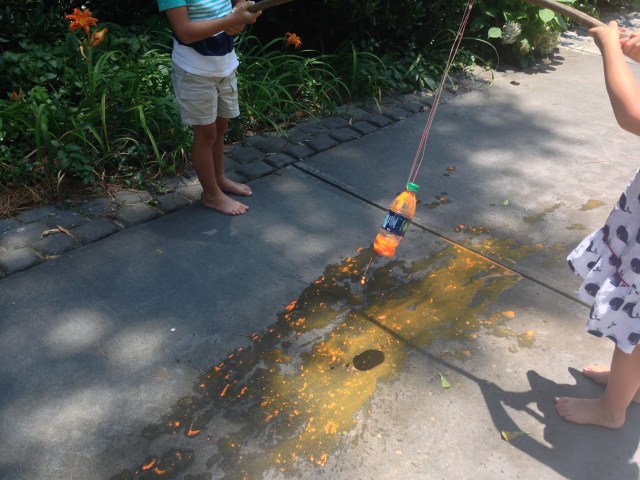
This pendulum project is a much cooler way to learn about gravity than getting smacked in the head with an apple (looking at you Newton!). What's the scoop? Gravity attracts the cup with paint, but tension force from the pivot point pulls the cup upward. See how to do this experiment at Hand Make Kids Art.
Insider tip: for the littlest littles get them in on the science fun and make your own DIY baby-safe finger paint with our recipe here.
Launch a Water Propelled Bottle Rocket
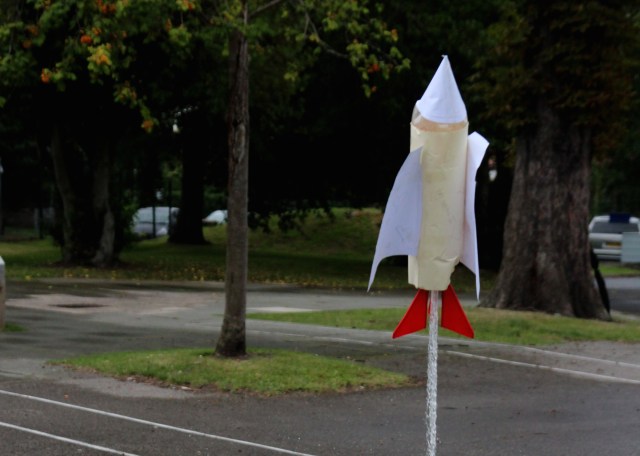
No jetpacks are needed for this awesome experiment. This fireless bottle rocket relies on the power of pressure to fly. Pump the bottle full of air, and eventually, enough pressure builds to force the bottle off the cork, displacing water (and creating room for all the air) as it goes. Head to Science-Sparks for your list of materials and construction instructions.
Stick to Ice
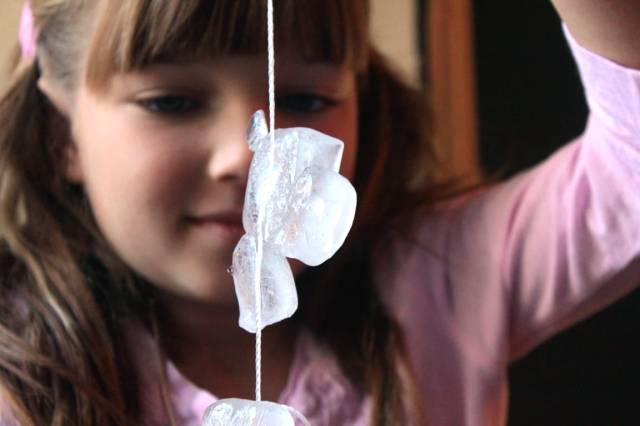
When you add salt to a bowl full of ice cubes and string, it lowers the freezing temperature of the ice, which allows the ice to melt, then re-freeze over the string. Check out Kiwi Crate to learn how to do it!
Bounce Smoke Bubbles
There's something about bubbles, and these dry ice versions are going to make the littles go wild. Add carbon dioxide to water, engage the use of a funnel and send the gas into bubble solution. The bubbles filled with gas from the reaction of carbon dioxide and water is a sweet sight! Steve Spangler Science can walk you through how to do it, and the materials you’ll need.
Insider tip: goodbye bubble wands, hello DIY bubbles. Learn how to make your own bubbles here.
Erupt an Ice Volcano
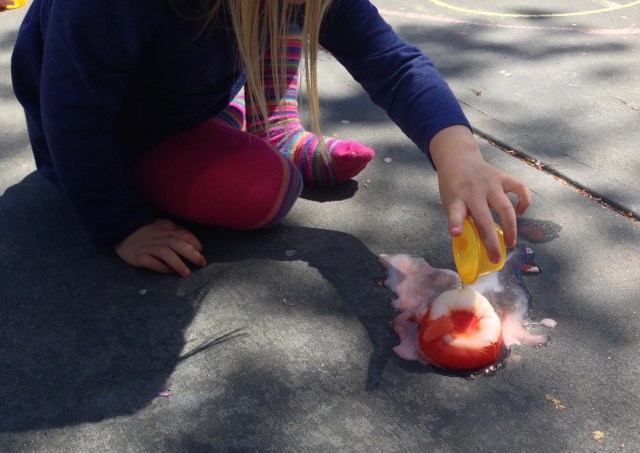
Much like in the exploding bag experiment, Ice Volcanos rely on the acid-base reaction of vinegar and baking soda to create an “eruption.” Find out how to make them at Reading Confetti and don't forget to add color for extra thrills!
Make Dish Soap Silly Putty
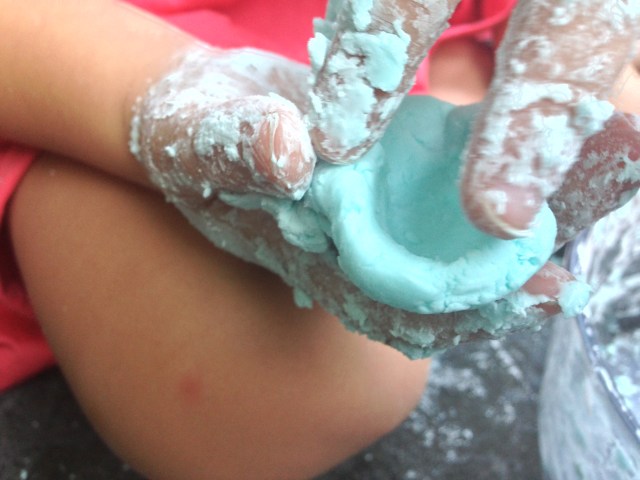
Is there anything you can't make with cornstarch? Combine it with dish soap and dilute the neutral base (the cornstarch) to make an ooey gooey substance. Find out about a process called syneresis, which is why the putty mixture stays so malleable. Get your recipe from Smart Schoolhouse here!
Cook with the Sun
Talk about whipping up an afternoon snack for your science buddies. Trap the sun’s energy to make the air inside the box hotter than the air outside the box. Then add aluminum foil to the flap to direct those burning rays into the box. The plastic wrap keeps the heat inside. The best news about this experiment? It makes killer s’mores! Check out NASA Climate Kids to learn how to make it.
Insider tip: keep the science fun cooking by making your own s'mores (sans campfire). Check out our tutorial here.
Need some fresh ideas?
Subscribe to our weekly newsletter for expert parenting tips and simple solutions that make life instantly better.
By subscribing you agree to Tinybeans Terms and Privacy Policy










